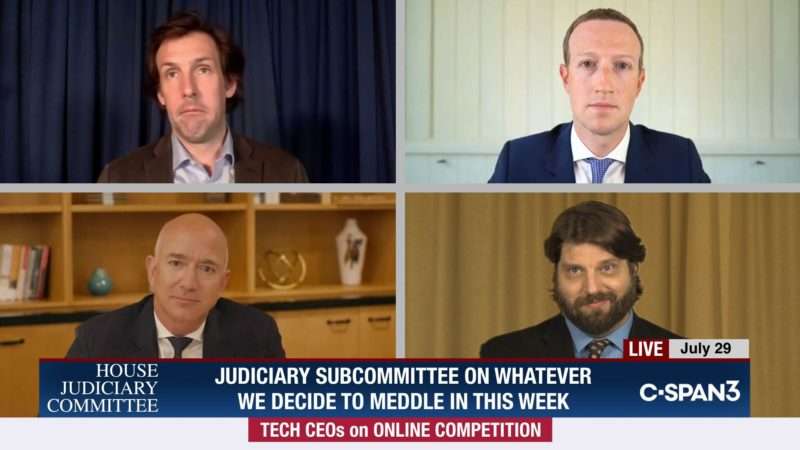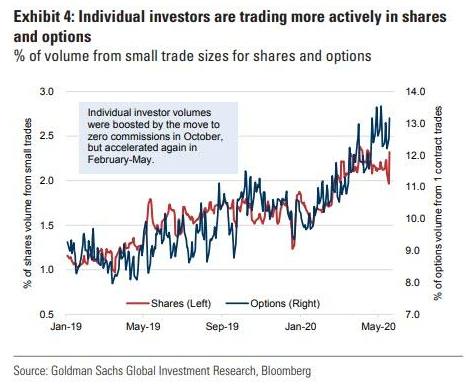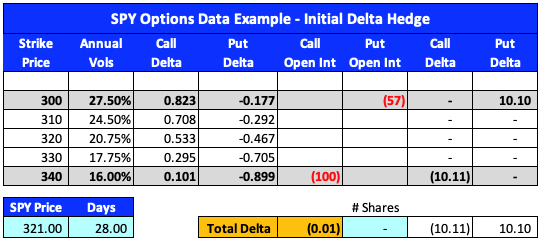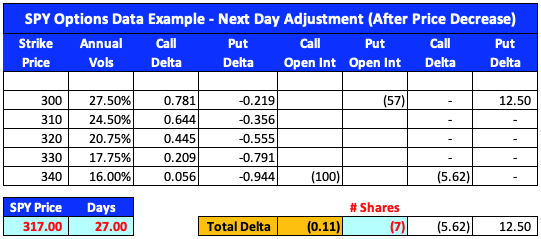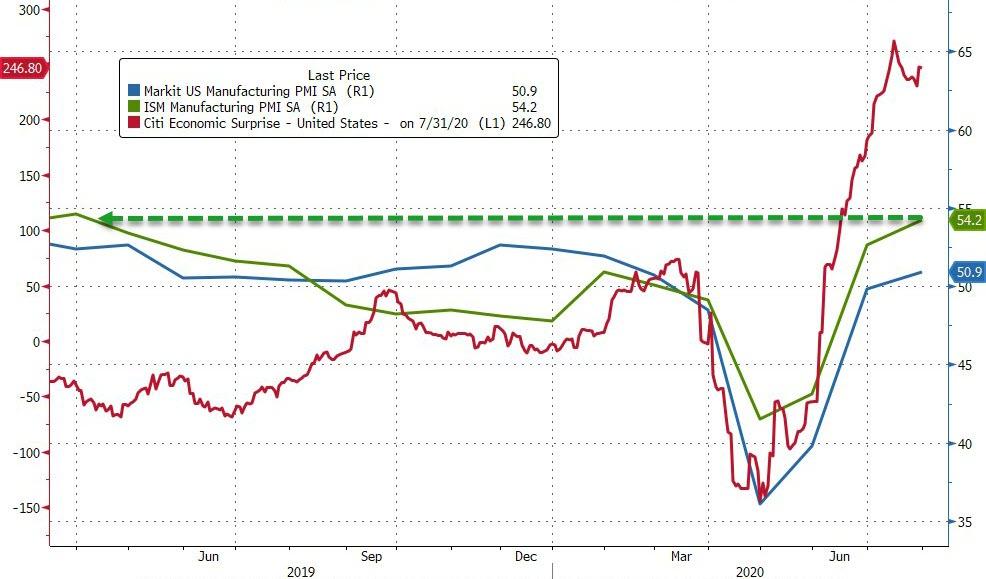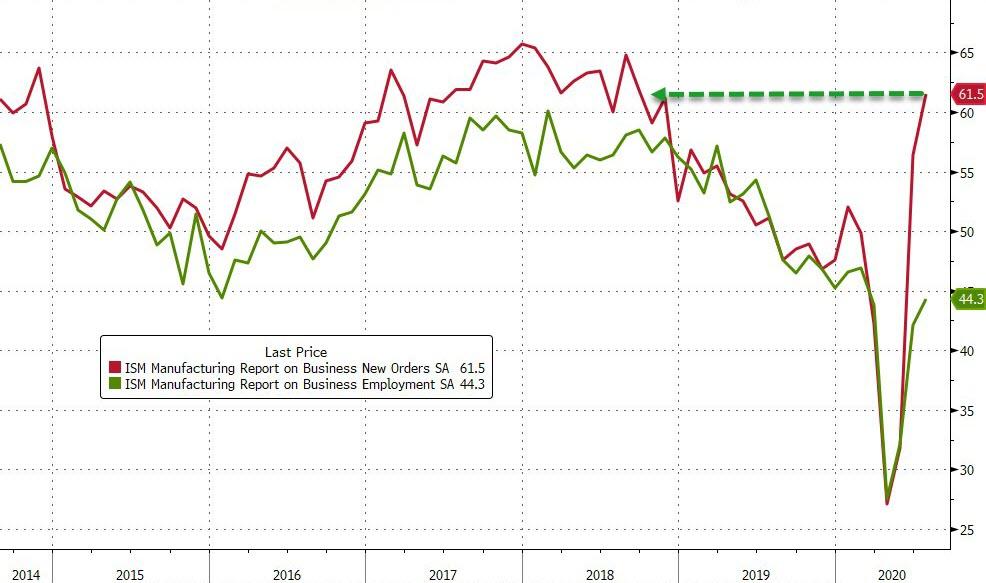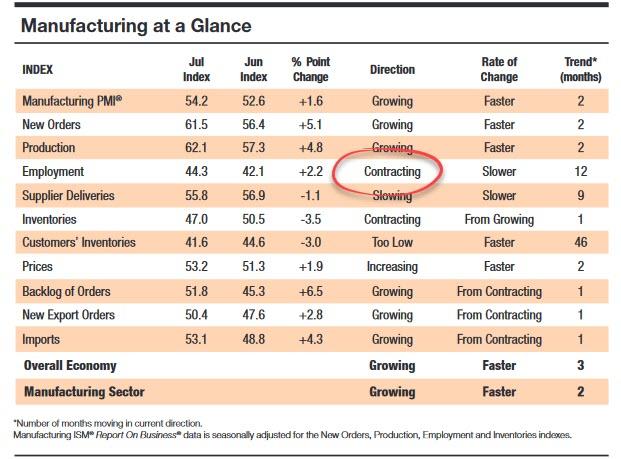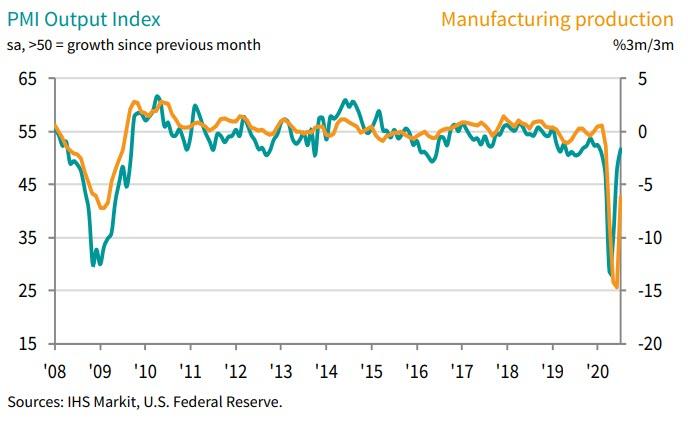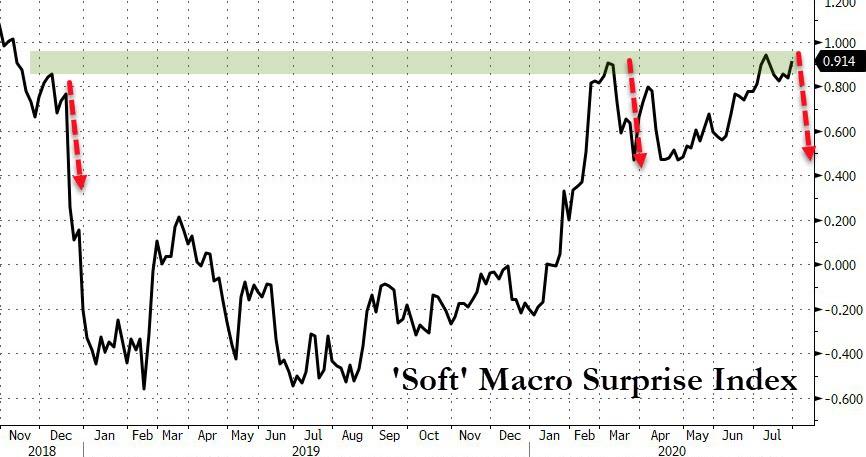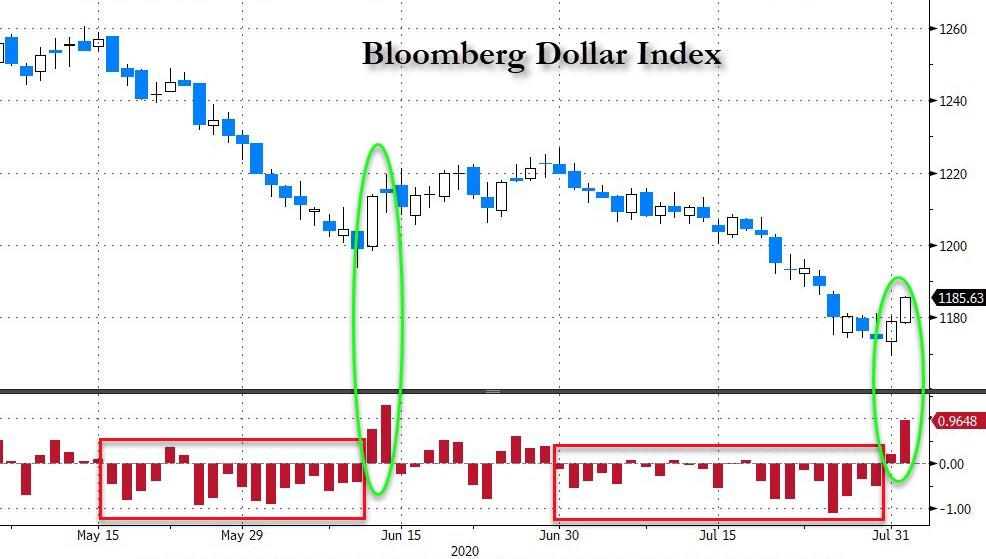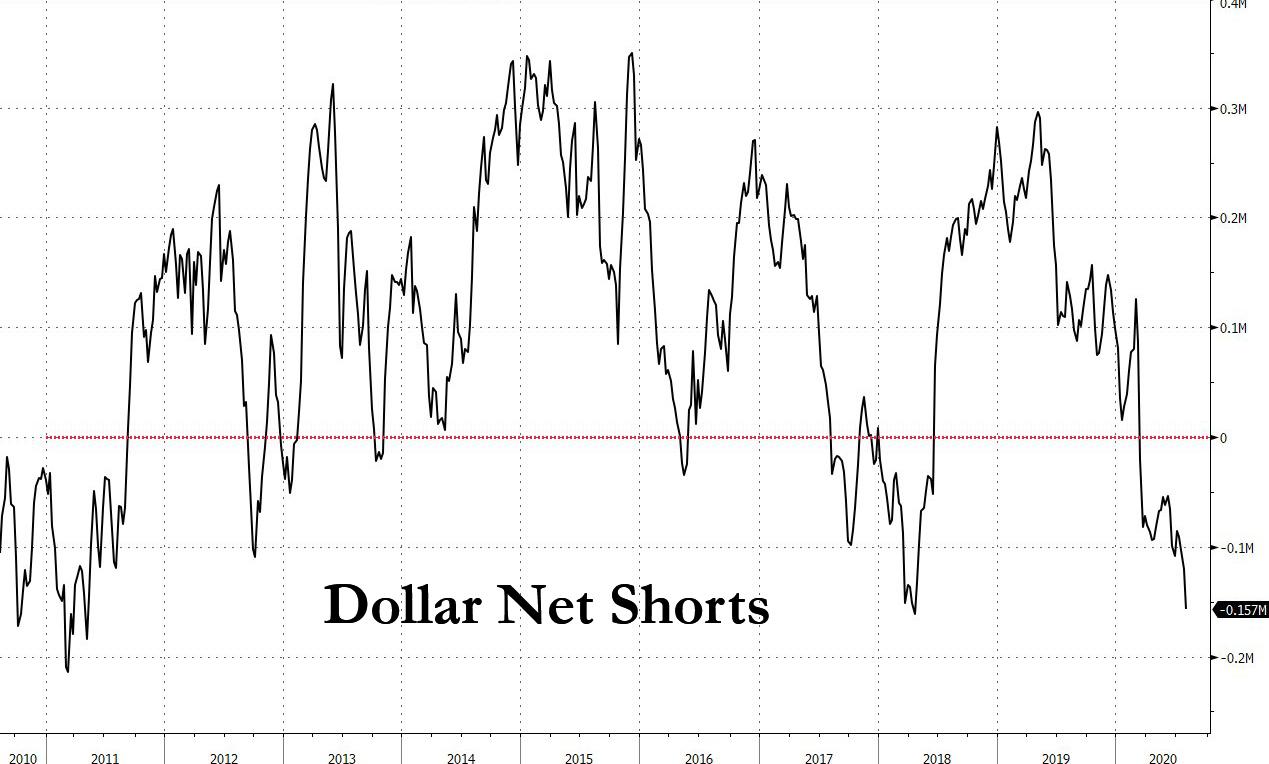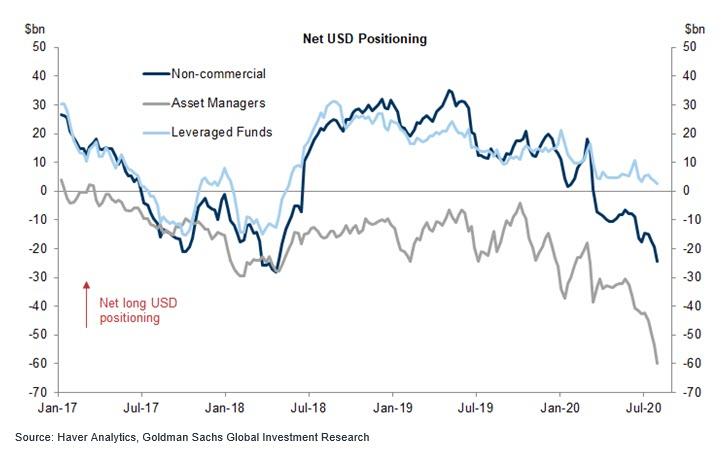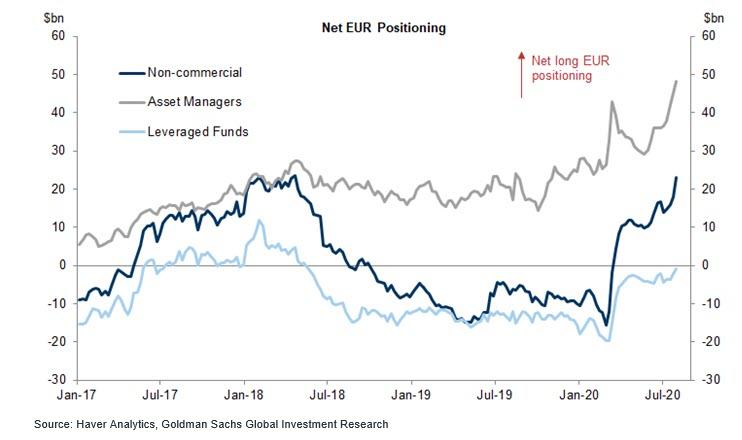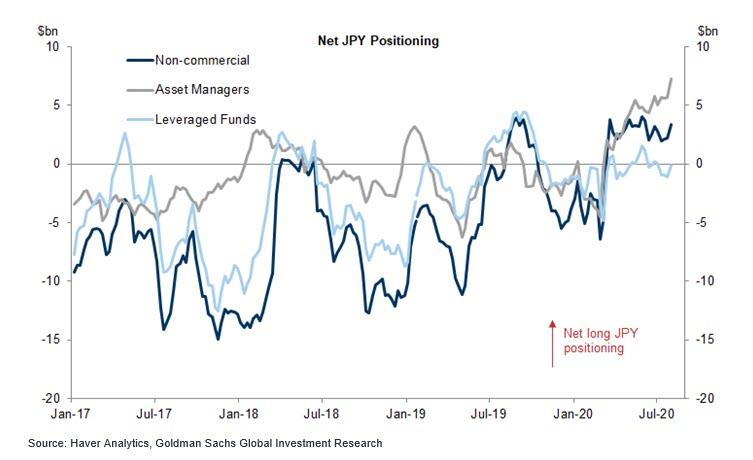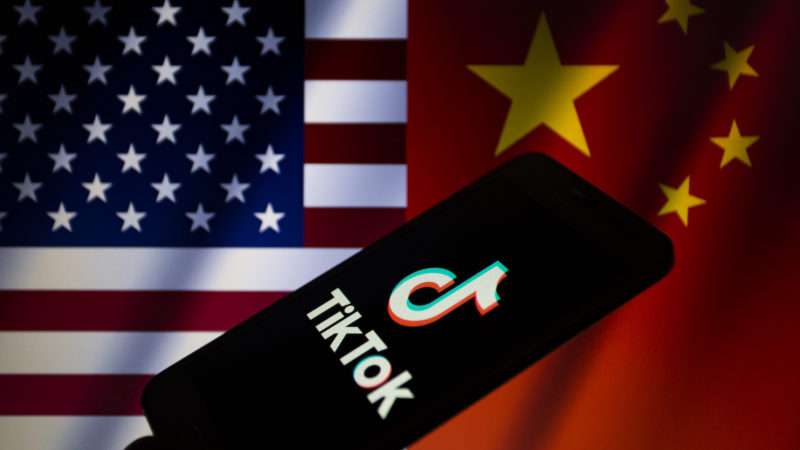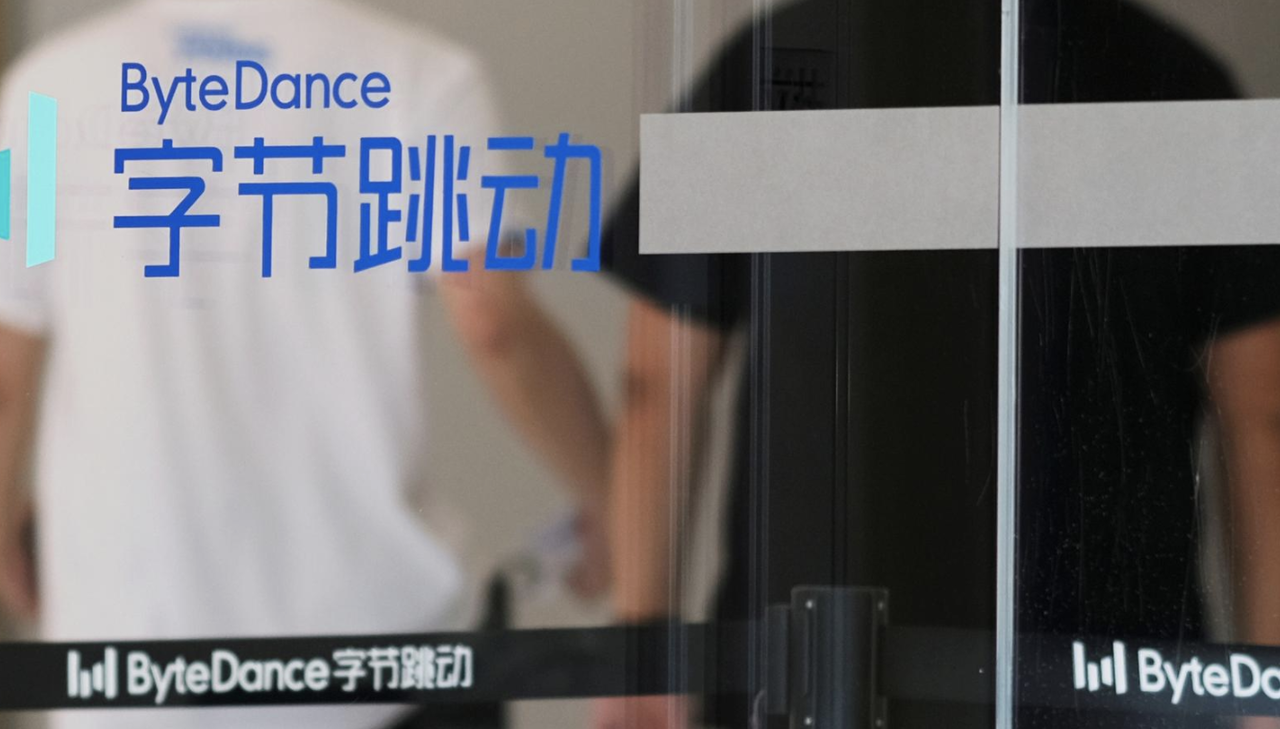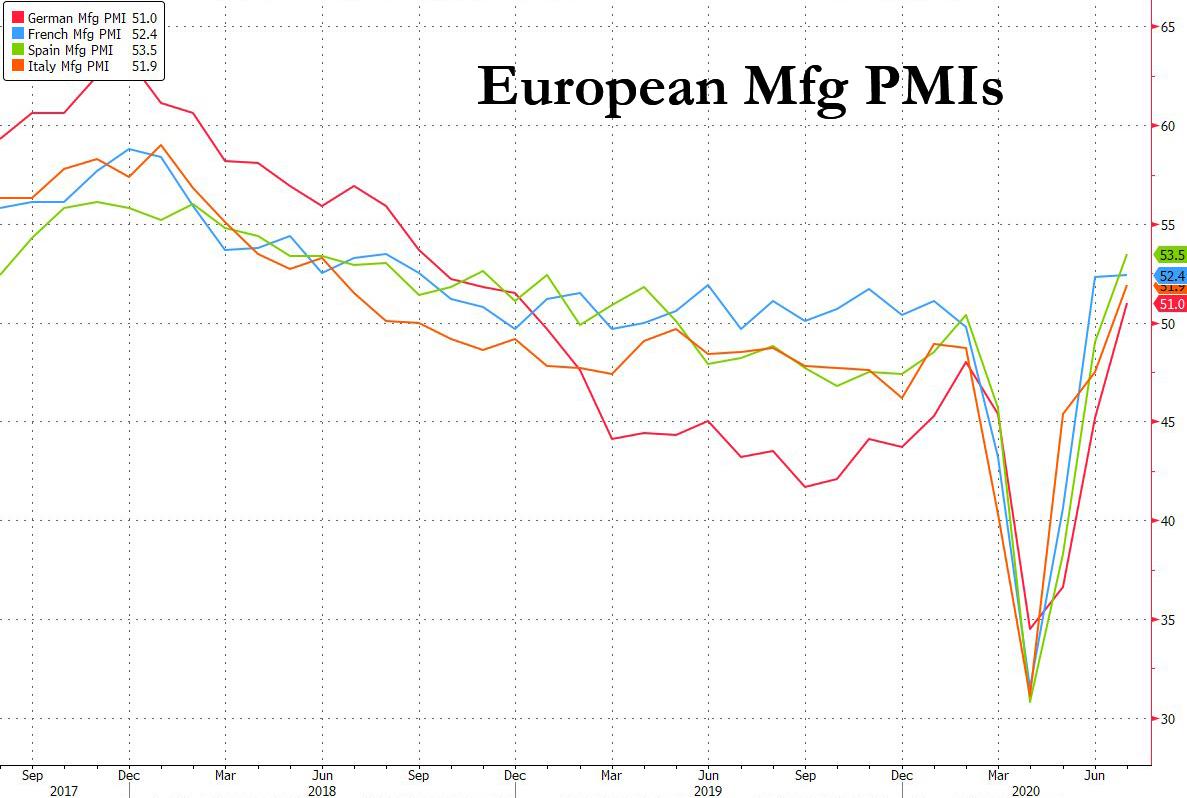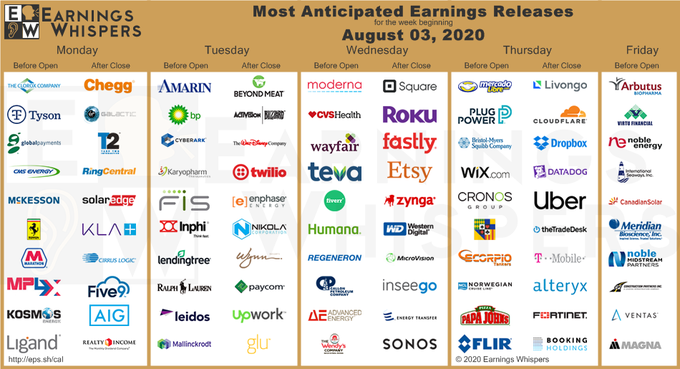President Donald Trump said Friday that he would ban the popular video app TikTok in the U.S. Neither the technical or the legal means under which he could do so were clear, but Trump has a pen and some paper and told reporters he could write an executive order banning the Chinese-owned app.
The move comes as Trump and members of his administration accuse ByteDance, the company behind TikTok, of passing user data to the Chinese government.
Do Americans need better education about personal data security and how everyone can protect their own privacy? Undoubtedly. But banning communications apps outright from on high is the stuff of dictatorial regimes, not countries that respects free speech and free markets. China is fond of it. Russia, too.
The somewhat good news here is that Trump may be reversing course—if an American company buys TikTok for U.S. users.
Microsoft hopes to be the one. “Microsoft will move quickly to pursue discussions with TikTok’s parent company, ByteDance, in a matter of weeks, and in any event completing these discussions no later than September 15, 2020,” the company said in a statement. Microsoft would also buy operation rights to TikTok in Canada, Australia, and New Zealand.
“Should the deal go through, Microsoft would gain instantaneous entry into the social media space dominated by Facebook and Google, as well as smaller services like Snapchat and Twitter,” notes Dylan Byers at NBC News.
The deal would be less objectionable than an outright ban, of course. But it’s not encouraging to see federal powers bullying a foreign company into selling off part of itself to a U.S. company, especially through the threat of an outright ban based on entirely hypothetical fears. The administration has offered no evidence that the Chinese government is harvesting U.S. user data through TikTok or to what plausible end people’s TikTok data would be valuable to China’s leaders.
Instead, we’ve got Secretary of State Mike Pompeo going on Fox News to fearmonger about Communist cybervillians.
“These Chinese software companies doing business in the United States are feeding data directly to the Chinese Communist Party, their national security apparatus,” Pompeo told Fox’s Sunday Morning Futures show early in the day on August 2. “Could be [users’] facial recognition pattern, it could be information about their residence, their phone numbers, their friends, who they’re connected to. Those are the issues that President Trump’s made clear we’re going to take care of. These are true national security issues.”
By Sunday evening, however, Reuters was reporting that Trump had “agreed to allow Microsoft Corp…to negotiate the acquisition of popular short-video app TikTok if it could secure a deal in 45 days, three people familiar with the matter said on Sunday.”
“Trump changed his mind following pressure from some of his advisers and many in his Republican party,” reports Reuters:
Banning TikTok would alienate many of its young users ahead of the U.S. presidential election in November, and would likely trigger a wave of legal challenges. Several prominent Republican lawmakers put out statements in the last two days urging Trump to back a sale of TikTok to Microsoft….
The negotiations between ByteDance and Microsoft will be overseen by CFIUS, a U.S. government panel that has the right to block any agreement, according to the sources, who requested anonymity ahead of a White House announcement. Microsoft cautioned in its statement that there is no certainty a deal will be reached.
New York Times tech writer Kara Swisher thinks that Trump “is directionally correct in his effort to thwart China’s ambitions to establish internet hegemony.” But—even putting aside principled qualms with Trump’s heavy-handed meddling in private business and speech—there’s a big flaw in plans to either ban TikTok or force a bad deal.
“The Trump administration…can block economic activity by TikTok in the U.S., but we fortunately don’t have a Great Firewall in this country,” Alex Stamos, director of the Stanford Internet Observatory, told Swisher. “If they push too hard, ByteDance can focus on providing TikTok as a side-loaded Android app and a mobile website, both of which would be impossible for Trump to block.”
FREE MARKETS
Federal financial relief for U.S. small businesses and their staff went to Chinese companies. “Millions of dollars of American taxpayer money have flowed to China from the $660 billion Paycheck Protection Program that was created in March to be a lifeline for struggling small businesses in the United States,” The New York Times reported on Sunday, based on a new analysis from consulting firm Horizon Advisory.
“Because the economic relief legislation allowed American subsidiaries of foreign firms to receive the loans, a substantial chunk of the money went to America’s biggest economic rival,” writes the Times‘ Alan Rappeport. Somewhere between $192 million and $419 million “has gone to more than 125 companies that Chinese entities own or invest in,” with “at least 32 Chinese companies receiv[ing] loans worth more than $1 million” each.
Read the whole Horizon Advisory report here.
FREE MINDS
Florida kid masterminds Twitter hack? A teenager is accused of conducting the July 15 Twitter hack that affected Barack Obama, Joe Biden, Kim Kardashian West, Elon Musk, and other hugely prominent people. Hacked accounts tweeted out a Bitcoin scam that allegedly earned the scammer $117,000 in the cryptocurrency.
Florida state prosecutors have charged Graham Clark, age 17, with one count of organized fraud for more than $5,000, one count of unauthorized access to a computer or electronic device, 11 counts of fraudulent use of personal info, and 17 counts of communications fraud. Over the weekend, Hillsborough County Judge Joelle Ann Ober set Clark’s bail at $725,000.
“Under Florida law, it would take 10 percent of the bail set Saturday—$72,500—to free Clark pending trial,” notes the Tampa Bay Times. “He faces state charges because he is a juvenile, federal authorities say, and was held without bail when he was arrested Friday. Two others involved in the scheme face federal charges in California.”
QUICK HITS
• “What we’re seeing today” with COVID-19 in the U.S. “is different from March and April,” coronavirus task force coordinator Deborah Birx told CNN on Sunday. “It is extraordinarily widespread—it’s into the rural as equal urban areas.”
• New Jersey lawmakers passed a bill last week “to allow immigrants, regardless of their status, to apply for professional and occupational licenses in the state if they meet all other requirements. The legislation was approved by the state Senate last week and is expected to be signed by Gov. Phil Murphy,” northjersey.com reports.
• Protests—and clashes with law enforcement—continue in Portland as federal agents pull out.
• Ugh. From earlier this morning:

from Latest – Reason.com https://ift.tt/3k9DMd0
via IFTTT
